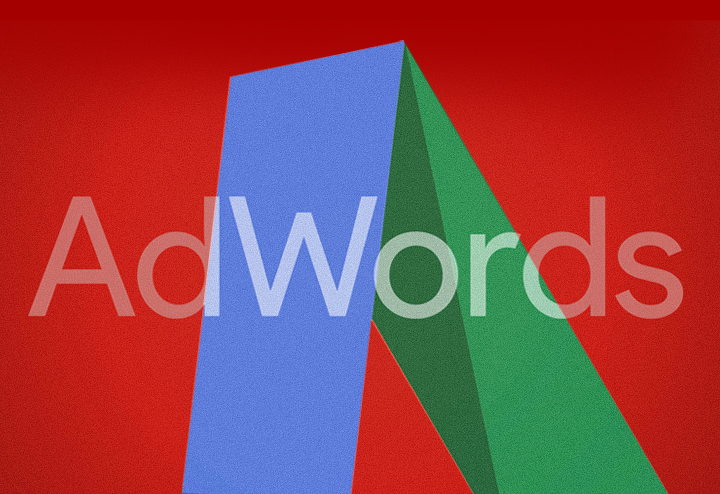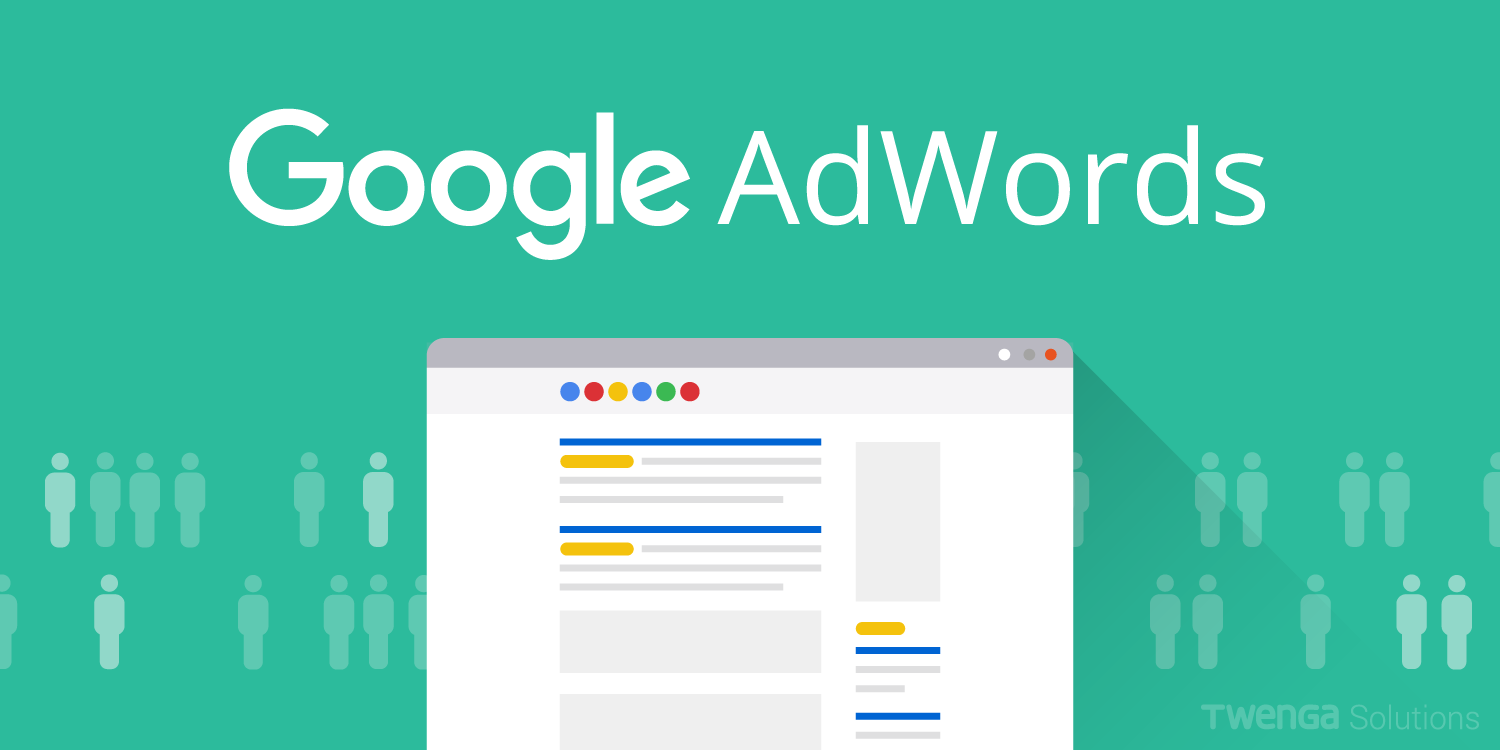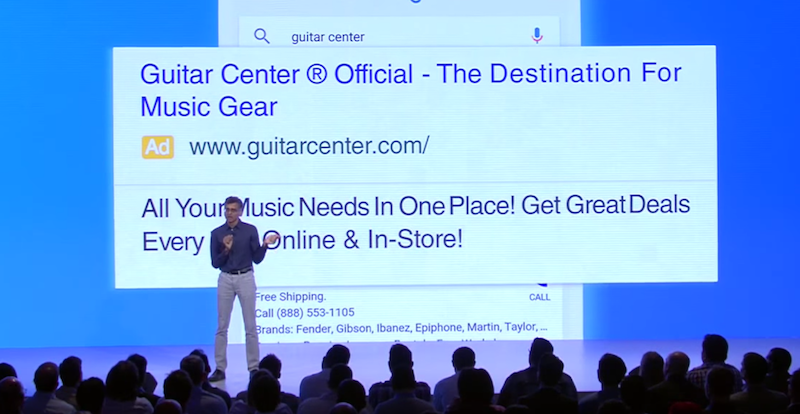Adwords’ new extra headline: 7 ways to make the most of it

Google announced expanded text ads at its recent Google Performance Summit. Columnist and Googler Matt Lawson explains why the change was made and what you should do about it.

Last Tuesday was a big day for AdWords. During our annual Google Performance Summit Keynote, we introduced a wide range of exciting new stuff. What got me most excited was expanded text ads. I think it’s one of the most significant updates to AdWords since the invention of Quality Score.
To recap, we’re currently testing ads that have two 30-character headlines and one 80-character description line. These test ads also contain two customizable 15-character path fields that will be appended to your Display URLs automatically. Compared to your existing ads, it’s 45 extra characters in text, plus an additional URL path field.

To someone unfamiliar with PPC, 35 characters in a headline and 10 characters of description text are basically nothing. To us in the industry, though, those 45 characters are everything. They’re freeing. They’re Andy Dufresne in the rain at the end of The Shawshank Redemption. More characters = better messaging; more chances to highlight why your business is the best; an extra clickable headline. The good news goes on and on.
Earlier this year, we removed ads from the right-hand rail of results. That was to improve the search experience and make it consistent across ices. That newly-established consistency meant that ads no longer needed strict character limits to fit in that right rail, which paved the way for expanded text ads. It allowed us to rethink and rebuild for mobile-first. In fact, expanded text ads are designed to fit beautifully on the screens of the most popular mobile ices.
I should probably mention that this should be a big boon to performance. Based on early testing, some advertisers reported increases in click-through rates of up to 20 percent compared to current text ads.
Now, exactly how big a boon to performance this will end up being is still up in the air. Our systems are still learning about expanded text ads, so metrics like percent served and CTR will continue to change. Be patient when judging results, but take advantage of these new ads as soon as you can.
It’s a brave new world out there, and you can now write about that world with two headlines. So what does this mean for your campaigns?
1. Rethink your entire creative.
You have an extra headline to play with. That doesn’t mean you should simply add a new headline to the ads you’re already running. Use this update as a chance to re-evaluate your entire creative. Whatever ad text was most successful for you can be instructive, but this is a chance to craft something new and more compelling than ever before.
2. Focus on your headlines.
Your headlines are the clickable space on your ads. You now have more than twice as many headline characters as were available before. What you put into that space will be a big indicator of how enticing your ad text is — big blue headlines tend to be more prominent than your description text. The content and quality of your headlines matter and will determine how well your ads perform.
I imagine that you’ve found out about the importance of headlines in your years of writing and testing ad text. But if you haven’t, you should know now: your headlines should receive the majority of your testing attention. As you go about instituting and testing new expanded text ads, it’s a good idea to focus on writing the best headline possible. Implementing great headlines has the most potential to make a big difference to performance.
3. Craft messaging that focuses on user needs and benefits.
We’ve noticed based on internal data that people like ads that focus on their needs. Calls to action like “call us today” can work in some instances, but try to find more specific actions that center on users. People care about things like reliability or selection. They like the authority of official sites. They like sales/discounts and respond to urgency when there’s actually a reason for that urgency (like in a countdown ad).
Think about your users and why they would want to click your ad. It’s not enough to just have a clear and compelling call to action. It’s what you offer that can make their lives better.
4. Prioritize which ad groups to test by volume and impact.
When working with a completely new ad format, you’re likely to discover new and creative ways to drive performance. As always, it’s important to prioritize your testing efforts on the places that matter most. Think about areas of your account that drive a lot of volume or value for you. You can also focus on ad groups that would benefit the most from a new set of creatives.
If you’re prioritizing your tests, think about where you can see the most improvement. Ads on things like brand terms might already be doing well, so test first on non-brand campaigns. I should also note we’re working on things like support in AdWords Editor, which will be coming soon to help scale your efforts.
5. Adjust your ad rotation settings.
Your competitiveness in the auction will be impacted by the ad you are showing. During the beta, serving of expanded text ads will be capped. Following the beta, however, expanded text ads will serve based on your ad rotation settings.
If you still have standard text ads in your account, don’t allow them to drag down your performance by rotating evenly. Instead, try using the optimize for clicks or optimize for conversions settings. That way, if one of your new, shiny expanded text ads outperforms your older copy, it will serve more often.
6. Keep using ad extensions.
Your ads have a lot more room, but that doesn’t mean that extensions are any less important. Implement any and all ad extensions that make sense for your business. Try for at least four so that the system has plenty of choices when assembling your ad unit for each auction. Extensions add cool, user-friendly features to your ads. They also tend to drive even more clicks for you. All of our existing extensions work with expanded text ads
One consideration is that you should double-check that your ad extensions avoid overlap with any new creatives you add to your account. Extensions that repeat what you already say in your ad text may not serve, so scrub your callouts, sitelinks and other extensions for overlap.
7. Monitor lost impression share due to budget.
While the specific uplifts you could see from expanded text ads will vary, chances are good that you’ll start driving more clicks. If you’re close to any campaign budget caps, be sure to revisit your budgets after uploading new, longer ads. There’s also the chance that your budget is static, and if that’s the case, you can shift your budgets from less valuable campaigns over to your most valuable. (That’s something you should be doing already, really.)
And if you’re budget-capped without any budget to shift around, consider lowering your bids. It’s too deep a topic to get into here, but profit-based bidding can often work wonders for your long-term account health.
Conclusion
Be excited. Ads are being rebuilt to work better across ices for users, and your messaging will have the potential to be more meaningful. Expanded text ads are a big change to AdWords.
Some opinions expressed in this article may be those of a guest author and not necessarily Search Engine Land. Staff authors are listed here.Google announced expanded text ads at its recent Google Performance Summit. Columnist and Googler Matt Lawson explains why the change was made and what you should do